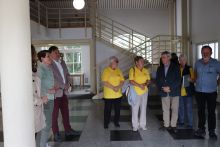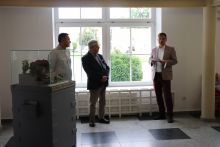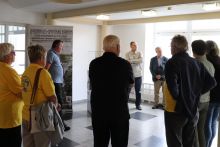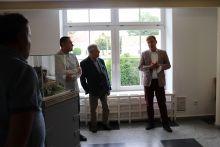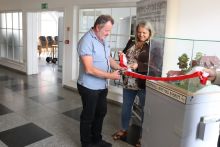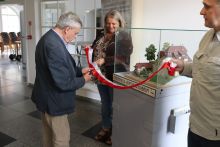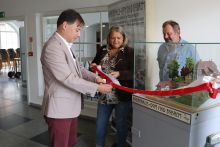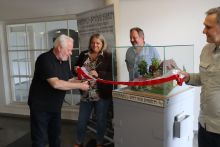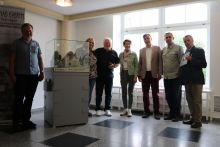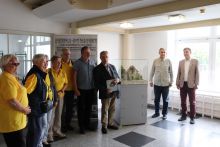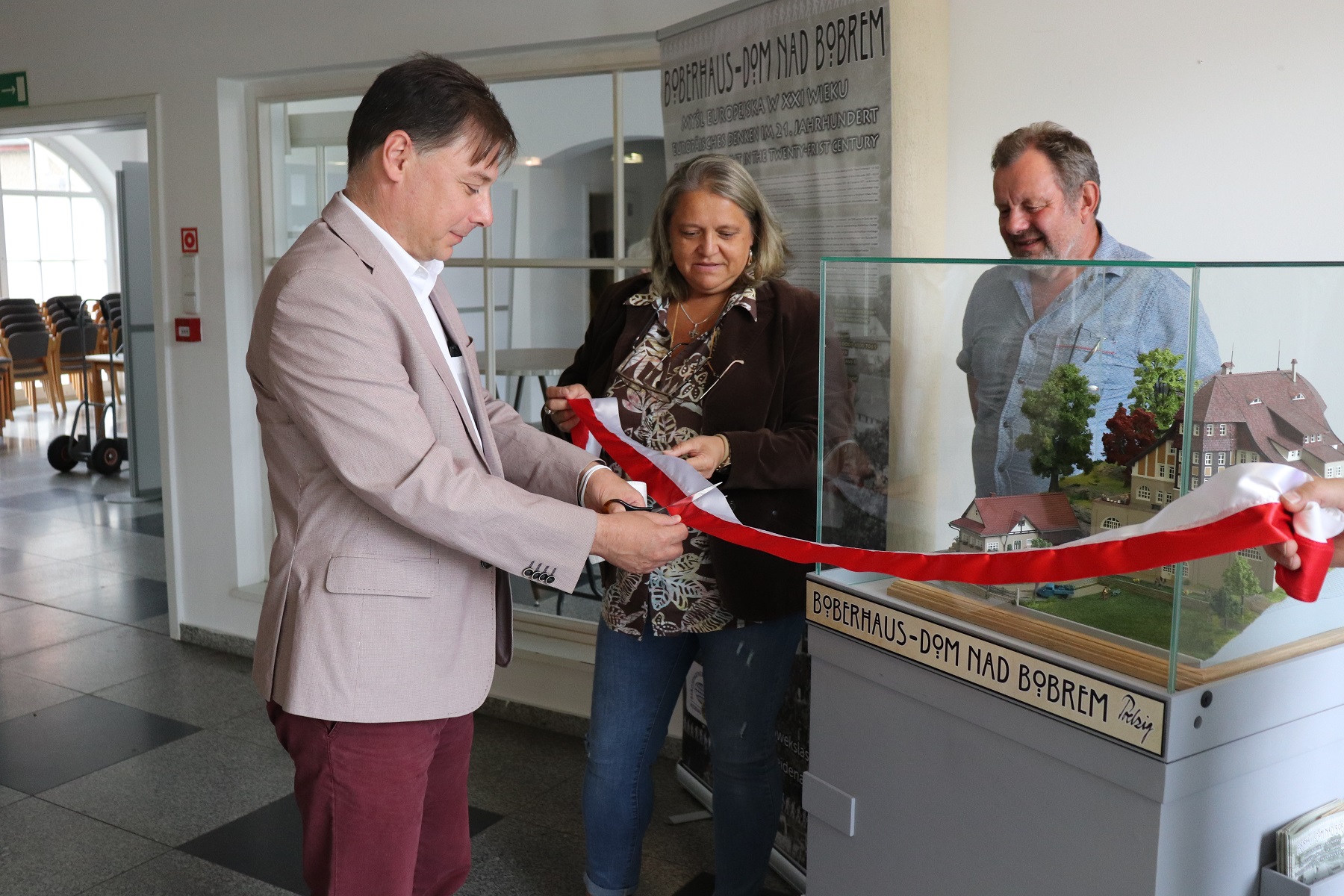
From 17 August to 25 September 2021, the Boberhaus diorama will be presented at the headquarters of the Krzyżowa Foundation for Mutual Understanding in Europe. It is a model showing the now non-existent building called the House on the Bóbr river, which before World War II was in Lwówek Śląski and played an important role in the upbringing and education of young people, and the then owner of the estate in Krzyżowa, Helmuth James von Moltke, was involved in its activities.
The author of the diorama is Rainer Dierchen, who tried to recreate this unique monument of the Lwówek’s region in the smallest details, mainly for promotional purposes, to support the idea of rebuilding the Boberhaus as the European Center for Culture, Education and History. It is implemented by the Lwówek’s Regional Society in cooperation with the municipal partner association Heidenau e.V., referring to the activities of the Boberhaus from 1926-1937, when it housed the National People's University. This institution was mainly involved in organizing volunteer camps and courses for young people from Eastern and South-Eastern Europe, during which there were physical and artistic activities as well as discussions on current topics. It is estimated that over 40,000 young people took part in such initiatives, and in this respect, the Boberhaus was a model followed by other entities throughout Germany.
Helmuth James von Moltke, a young lawyer and owner of the Krzyżowa estate, was also actively involved in the activities of the Boberhaus. He initiated the creation of the "Lwówecka Working Group". It was supposed to help the inhabitants of the industrial areas of Wałbrzych, Nowa Ruda and Kamienna Góra in overcoming the difficult economic and social situation by organizing voluntary labor camps. This initiative was carried out in the years 1927-1930 and it was thanks to it that Helmuth James von Moltke met many people with whom he co-created an anti-Nazi resistance group called the "Kreisau Circle" during the Second World War. It was based on the dialogue and cooperation of people of different views, religions and origins, who together created the project of a new, post-war Germany. Similar ideas guide the project of recreating the Boberhaus, which would become a place of Polish-German partnership, where people of different nationalities, views and experiences would discuss and implement joint ventures concerning Europe in the 21st century.
The Boberhaus was an impressive, six-storey building, designed in 1910 by the famous architect Hans Poelzig, who was also the author of the Four Domes Pavilion in Wrocław. When creating the Boberhaus diorama, Rainer Dierchen tried to reflect its true beauty, using the highest quality materials and intricately constructing each detail. For example, the trees were imported from the United States, and the roof consists of about 10,000 tiles, hand-painted many times to obtain the right shade.
The exhibition of the Boberhaus diorama in Krzyżowa takes place on the initiative of the Lwówek’s Regional Society, which, together with the municipal partner association Heidenau e.V., has been implementing the "Boberhaus / Dom nad Bobrem" project since 2017. On 17 August the exhibition was officially opened by: dr hab. Robert Żurek - managing director of the Krzyżowa Foundation for Mutual Understanding in Europe, Rainer Dierchen - diorama contractor, Dr. Reinhard Amlacher - main sponsor of the project, Inga and Werner Guder - leading the project on the German side and representatives of the Lwówek’s Regional Society and the association Staedtepartner-schaftsverein Heidenau e.V.





